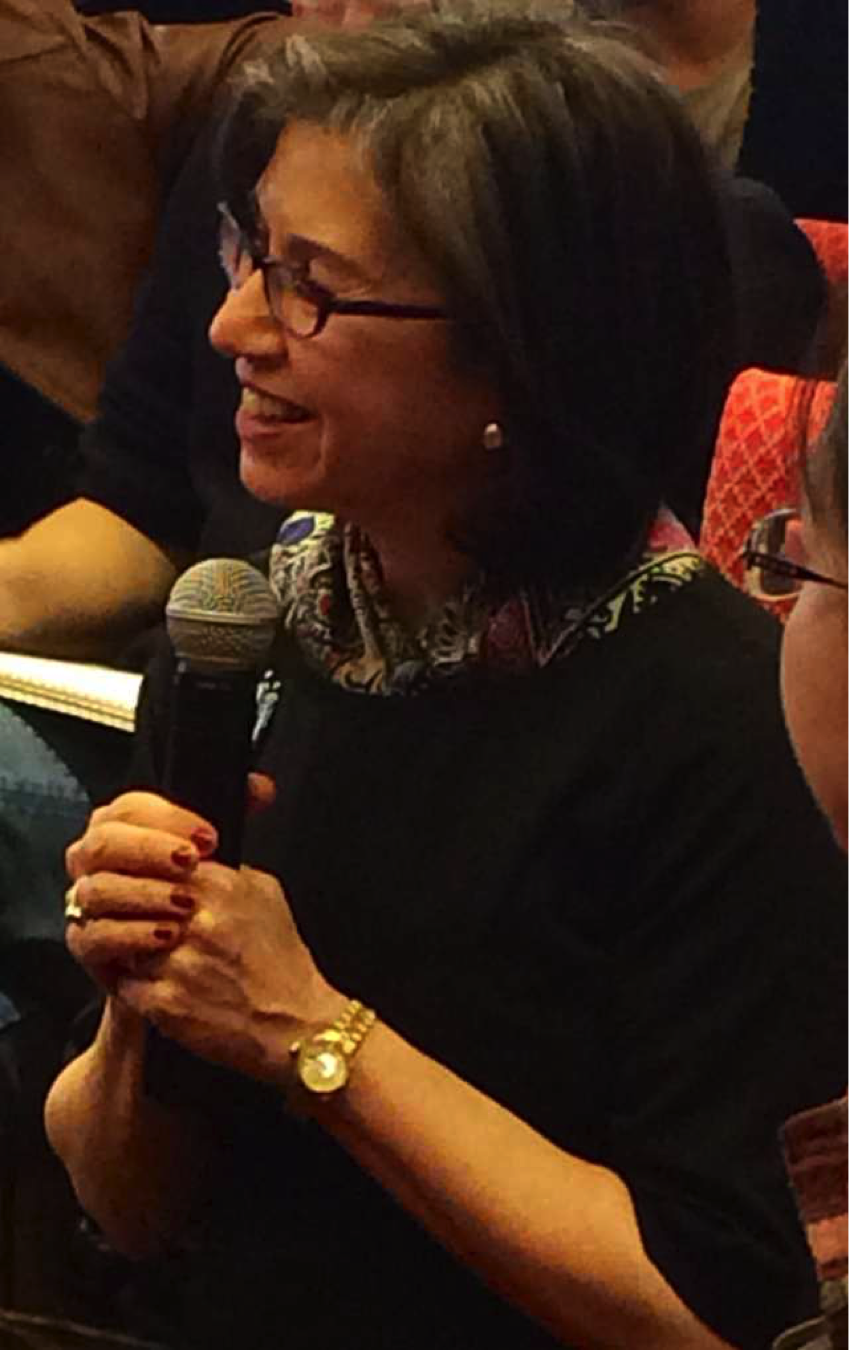Dear Visitor,Hints from the Gatekeepers of Executive Coaching Initiatives.Many organizational gatekeepers for coaching programs tell us that they frequently contract with external coaches not only to help build the organization’s bench strength but sometimes to be part of the bench.
| Inside This Article |
 |
 |
|
| Building Bench Strength |
 |
If you are concerned about your Executive Team’s bench strength, you investigate whether you need to hire, retrain, retool, or retire some people from the Team to meet the organization’s leadership demands. A very common strategy deployed by organizations who responded to our survey is to engage executive coaches to help groom new players and retrain or retool those individuals who survive the cut.The most successful Executive Teams are those whose members are able to function as ONE PERSON when the situation calls for it. Not that each member of the Team should be a clone of the others, but rather that each member actually represents some part of the composite person which is the TEAM.A highly instructive assessment of a Team’s bench strength can be made with the aid of an anatomical chart. We first ask the leaders we coach the following questions, and we then ask them to pose the questions to their Team for its input.
- Who on this Team represents the eyes (i.e., holds the vision)? Is it one person who functions in this capacity or several?
- Who represents the ears (i.e., listens to the customer, other constituencies, their counterparts, etc.)? Again, is it one person or several?
- Who represents the brains (i.e., generates the best ideas/strategies that the rest of the Team buys into)?
- Who represents the heart (i.e., always has empathy for and takes into account the best interests of all concerned parties)?
- Who represents the hands (i.e., are the acknowledged “doers”)?
What do you suppose you would learn from this exercise?
Perhaps you would find out, as one of our clients did, that her Team was “heart-less”—no one was perceived as representing the heart. She then appointed us (two external executive coaches) to act as the Team’s heart, to help the Team change its mental wiring and practices, and to make empathic communication a top priority. Together with the Team, we established what a successful heart “transplant” would look like: that is, what specific new behaviors and practices should be evident in their leadership. After compiling a checklist of these items, we used it to do an informal 360 degree survey of the next tier of management to see what it thought of the Executive Team and learned that “heartlessness” was an accurate self-appraisal.
|
| Sitting on the Bench |
 |
| Over the course of a year-long engagement, two of us served as the Team’s heart. We supported the Team by means of group coaching and shadow coaching (observations of Executive Team meetings and meetings the Executives held with their direct reports). Using the checklist of desired new behaviors and practices we had created earlier, we were able to track progress and do just-in-time coaching.We also created proprietary models for communication and feedback to facilitate the Team’s shift to a more heart-centered approach. The Executive Team used these models internally and then cascaded them to their teams.At the year’s end, the Human Resources Vice President held small group sessions with senior and middle management to elicit feedback on the success of the initiative: was the emphasis on heart-centered communication paying off? The consensus was that a noticeable shift had occurred. The Team renewed its commitment to have a healthy heart and has built in quarterly refresher “courses” into its own development work.In a very real sense, our client had us sit on the bench until the “heart” skill was transferred to the Team.
|
| Future Platforms for Discussion |
 |
| We are committed to providing our clients with sharp insight and expertise in the area of executive development. The following are topics we plan to address in future issues of our e-newsletter: Proactive, Just-in-Time, or After-the-Fact Coaching; and Diversifying Your Executive Ranks and Coaching Team.
|
| Your Comments |
 |
| Now’s your chance to share your ideas with us. It’s your ideas that challenge us to provide our best level of service to our clients. Do you strongly agree or disagree with the ideas we’ve presented? Let us know. Do you have an opinion about the industry that you want to share with colleagues? Let us know. We’ll even give you a byline in our next issue—with your permission of course.All comments, suggestions, and articles should be sent to: [email protected]. We publish selected submissions along with the author’s return e-mail address for you to communicate with your counterparts. |
|
| Feedback from the Field |
 |
| MMR did in-depth interviews with people from 45 organizations, all of whom influence executive programs and initiatives. This is the third in a series of five newsletters on the issues that our survey “informants” deemed most important to address (if not solve).One thing we learned is that those making policy and program decisions about executive coaching are often concerned about bench strength of the leadership/Senior Management Teams. They see the role of executive coach as one who brings out or (in some cases) complements the bench strength of the leadership team.Find out more about MMR |
|